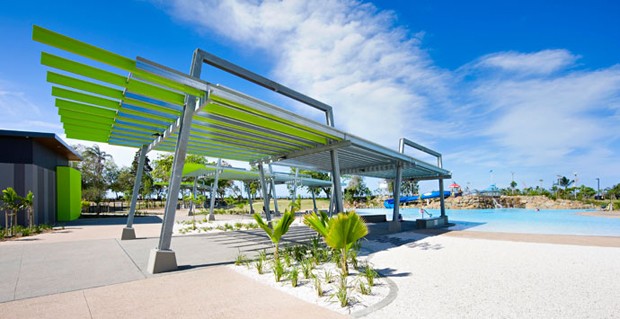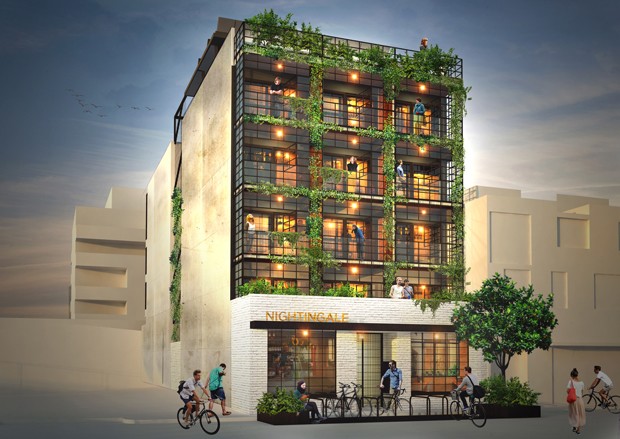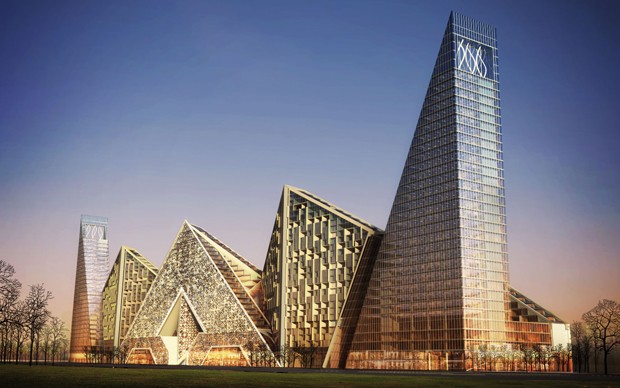A recently released IBISWorld industry report has advised traditional architecture firms to either align with vertically integrated building and engineering companies, or specialise in a particular style, low-cost housing, or particular markets such as the holiday house market in order to stay relevant in an increasingly competitive market.
“A growing trend of broadening service offerings is occurring across the professional services sector, and the architecture industry is no exception,” observed report author, Sebastian Chia.
“Building services firms and engineering consulting firms are increasingly offering vertically integrated services, and are expected to capture an increasing share of the architectural market from industry participants.”
The main competitors are those that offer a wider range of building services and expertise, particularly in areas such as project costing, so that they become a ‘one-stop-shop’ for clients. At the lower end, low-cost architectural drafters are also seeking a greater market share by providing lower priced or lower value services.

AECOM is one firm that provides a wide range of services for clients. For instance, it played a multi-disciplinary role for the $12.7 million Bluewater Lagoon project in Mackay, Queensland, where it was in charge of the master plan, design and documentation of all built form for facility. Image: AECOM
As a result, the architectural services sector will have to broaden the range of services they provide to clients, with many firms associating themselves with diversified construction companies or increasing their links to companies offering building services.
“The expected eventual abolition of individual state and territory registration schemes for the industry may assist this process,” notes Chia.
Alternatively practices may segment into areas of specialisation – particularly with the growing interest in green building options.
“Architects can add value and possibly expand price margins through offering clients design services that provide energy conservation on buildings and lessen the environmental impact of the construction phase and the final product,” explains Chia.
“Green buildings only account for a minor share of industry revenue and price-based competition remains dominant.

Breathe Architecture is a Melbourne practice that is focused on delivering sustainable solutions for apartment living. Its recently approved Nightingale project seeks to provide quality urban housing at affordable prices.
The report also raises the issue of class actions being filed against some players in the industry by owners of allegedly defective apartments in high-rise buildings, which has led many practices involved in multi-residential or high rise developments to face increased professional indemnity insurance premiums.
“This has been reinforced by home warranty insurance being removed in some states for developments of more than three storeys,” says Chia.
“This trend has affected the industry even though architects, in most cases, can only be held responsible for defective design work.”
To find out more about industry trends, please visit IBISWorld.

Going against the grain: global architecture firm Woods Bagot has remained one of Australia's most successful practices without having to merge or form alliances with other companies. According to Executive Chairman Ross Donaldson, the firm's strategy includes increasing their large-scale residential projects as well as focusing on the commercial market overseas.
"Our strategy for moving away from a headquartered ‘hub and spoke’ business model to a disaggregated matrix structure has meant that as a firm of Australian origin, not only is more than 60% of our revenues won outside our country of origin, over 50% is delivered outside our country of origin," said Donaldson, after his firm was named the top practice in Australasia for 2015.
Pictured: HanDan Masterplan, China. Image: Woods Bagot

